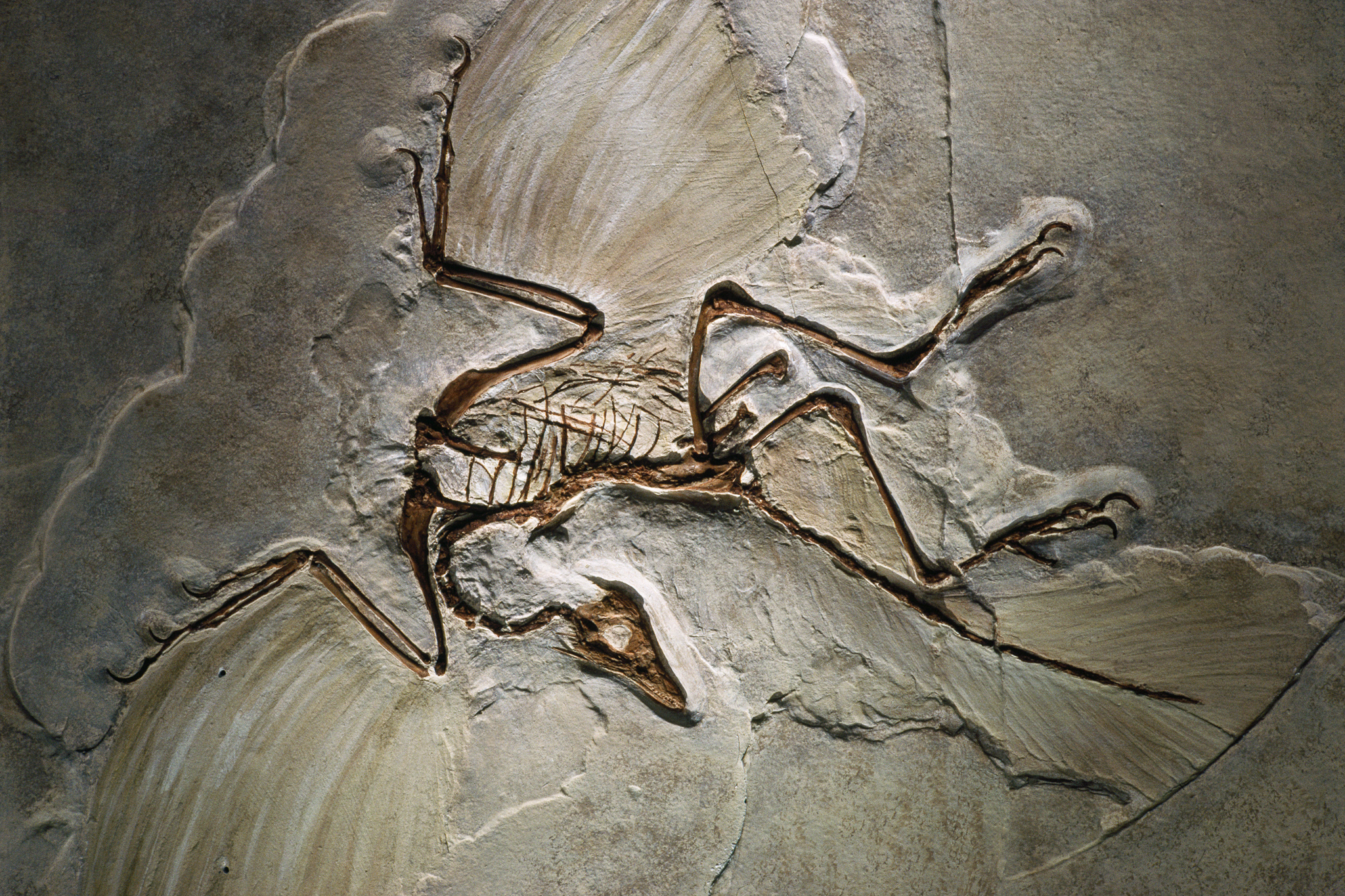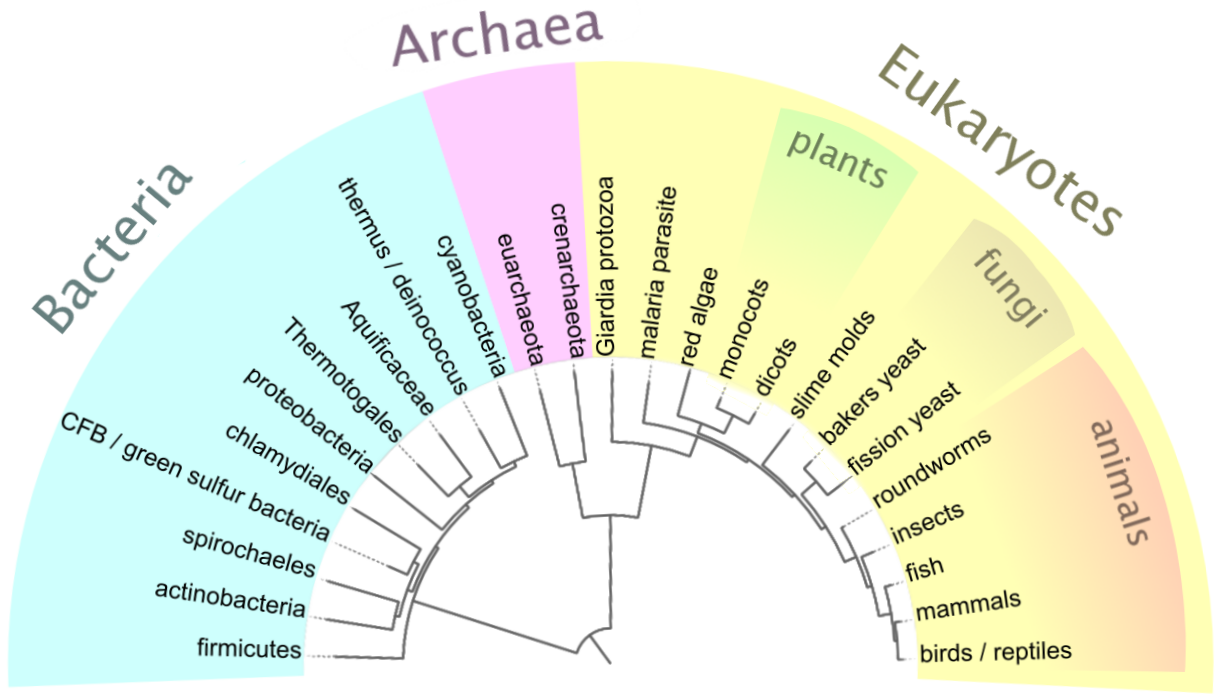This unit was basically all about classifying life and how we classify life. It also helped me see that not all life can be simply classified, as it sometimes seems. Life is divided into domains, kingdoms, phylums, class, order, family, genus, and species. The five kingdoms of life are animals, protists, fungi, monera, and plants. Within these kingdoms, certain taxa can be classified, and I will talk about each major taxa and a major defining characteristic. Some invertebrates are porifera (both asexual and sexual, filter feeders, asymmetrical) cnidaria (specialized tissues, stinging cells), flatworm (bilateral, incomplete gut, parasitic), mollusk (digestive tract with two openings, radula, mantle, ctendia), annelida (segmented bodies, colem), arthropod (chitin exoskeleton, open circulatory system, joint appendages, segmented body), insect (metamorphosis, head, thorax, abdomen), crustacea (cephalothorax and abdomen, exoskeleton, carapace), and echinoderm (radial symmetry, internal skeleton of interlocking ossicles, water vascular system). Some vertebrates are aganatha (jawless fish, first vertebrates), condricthyes (jawed fish, cartilage skeleton), osteicthyes (bone skeleton, jawed fish, operculum, swim bladder), amphibia (first animals with four limbs, adapted to live on land), reptilia (amniotes, ectotherms, dry scales, three chamber heart), aves (hollow bones, fused collarbones, feathers), and mammalia (endotherms, hair, milk making glands, chewing jaw, middle ear). These taxa are all essential to our complete comprehension of evolution. As I said before, some species cannot be easily classified, such as the tiktaalik (left) and archaeopteryx (right) pictured below. The tiktaalik is a transitional species between land and water animals, as the archaeopteryx is a transitional species between land animals and birds.




As always, I still have many unanswered questions and wonders. I have come to accept that I will always have more questions when it comes to science, and that I may not always get very clear answers simply because science isn't nice and neat. I do still wonder about the process of evolution though. How do organisms' bodies know how to evolve to help themselves. For example, how did the tiktaalik's body know it had to strengthen its neck and fins to be able to become a land creature. It makes me wonder if there are instructions engraved in our bodies on how to survive left over from some time we don't even know exists. How else would such primitive animals' bodies be able to simply know when and how to evolve. I also wonder what these primitive organisms looked like. Size, color, texture, diet, sounds it made. I wonder in general about the entire idea of evolution.
The 'What on Earth Evolved Project' was quite interesting and I really liked doing it. I researched the banana, and ended up learning much more about bananas than I had intended to. I loved how we were given so much freedom to research what we wanted. I was a little overwhelmed at first, but once I mapped out what information I was curious about regarding bananas, it became much easier to just research what I was interested in knowing. I didn't know this, but it turns out I am not a good public speaker. I haven't done many presentations in school, and when I had to present in front of the class I got extremely nervous. I blanked out completely towards the start of my speech, but after talking for a bit, I eased up just a little bit. I now see that that is a huge weakness of mine and I need to emphasize working on that. I think if I just get more practice in public speaking, I can become more comfortable and open to the idea of it. I made my poster large pictures and themes I wanted to discuss, then elaborated more on each individual topic. I think people really enjoyed the change of type of presentation from the standard powerpoint. I also think people liked my graphics, and I feel I illustrated my topics well. Here is my poster below.
I know this project helped me grow as a person and student. I have identified that I need to work on public speaking, and I am also a more hand on and visual learner. I learned a lot from just the poster making process, and I didn't even need notes for my presentation because I had just learned all the information so well when I was researching and assembling the poster itself. As the year ends, I hope to think I have grown and learned, but I know I have done both of these things when I look at my first reflection and see how simplistic it was. Unit 2 Reflection



Comments
Post a Comment